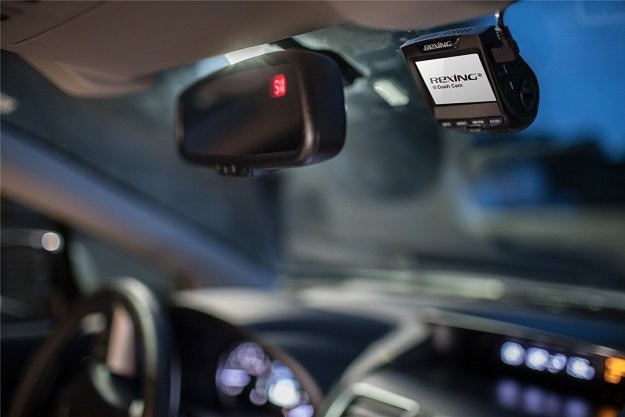With its latest batch of SEMA show cars, Scion seems to inadvertently gone back in time, dredging up some styling right out of the Disco Decade.
The top attraction at Scion’s 2014 SEMA booth will probably be the FR-S T1, which features a targa-style roof. Toyota’s youth brand might have been envisioning a poor man’s Porsche 911 Targa, but the T1 seems a bit more Smokey & The Bandit.
Those rear window slats look like they belong on a 1970s Firebird, Camaro, or Mustang. In addition to its cropped top, the FR-S gets custom 19-inch wheels, lowered suspension, and a Greddy-supplied turbocharged.
While this show car may seem to hint a production FR-S targa, don’t get your hopes up.
There have rumors of an FR-S convertible (among other things) almost since the beginning, but Toyota isn’t interested in producing any other variants of the small sports car right now.
Related: 2015 Scion FR-S gets suspension and appearance upgrades
Continuing the ’70s theme is the “Scion x Riley Hawk Skate Tour xB,” which was inspired by the “interests of professional skateboarder Riley Hawk.”
Those interests apparently revolve around retro vans, because that’s what this xB is. Check out the brown-on-brown interior, shag carpeting, and porthole side window. It’s even got a pop-up camper top and (non-functioning) dual side exhaust pipes.
Completing the trio is the “Scion x Slayer Mobile Amp tC,” inspired by, yes, the metal band Slayer. So it gets a paint job with plenty of airbrushed skulls, “sword-blade” wheels with spike center caps, and suicide doors.
It sounds like the perfect car to take out tonight for a Halloween cruise.
To help wake the dead (and your neighbors) while doing that, the customized tC has a Pioneer audio system with tower speakers, as well as a 32-inch monitor.
Scion needs to generate some excitement with modified cars because customers seem to have lost interest in the ones it actually sells. That’s why a couple of weeks after SEMA, the brand will unveil its iM concept at the 2014 Los Angeles Auto Show.
We’ll have all of the details on that and more soon.


